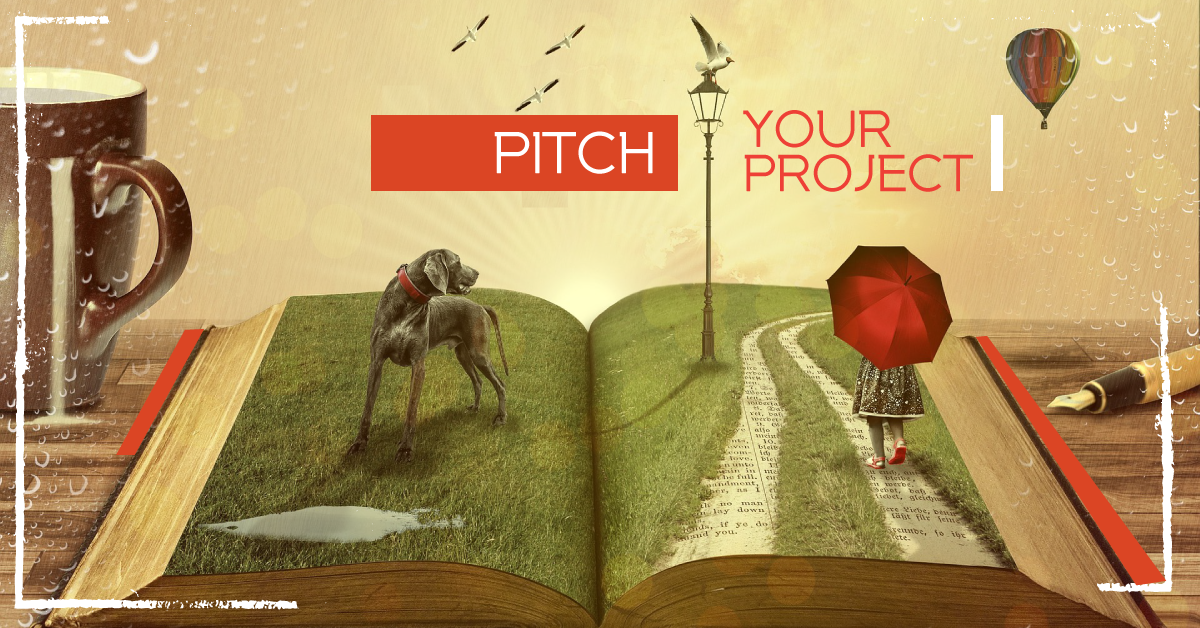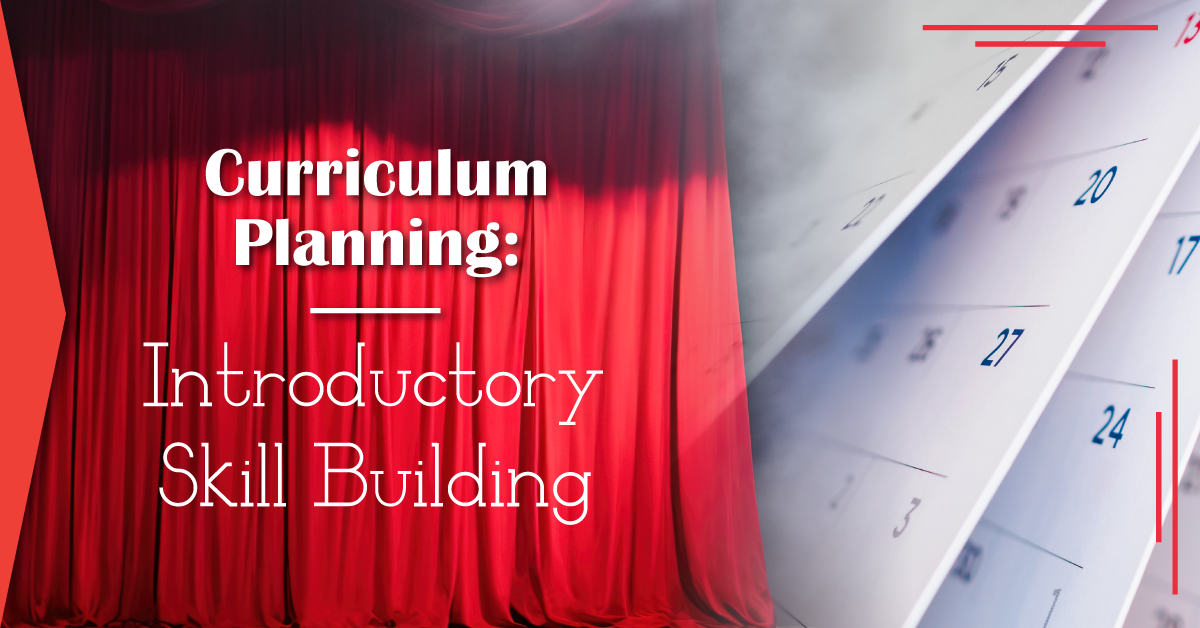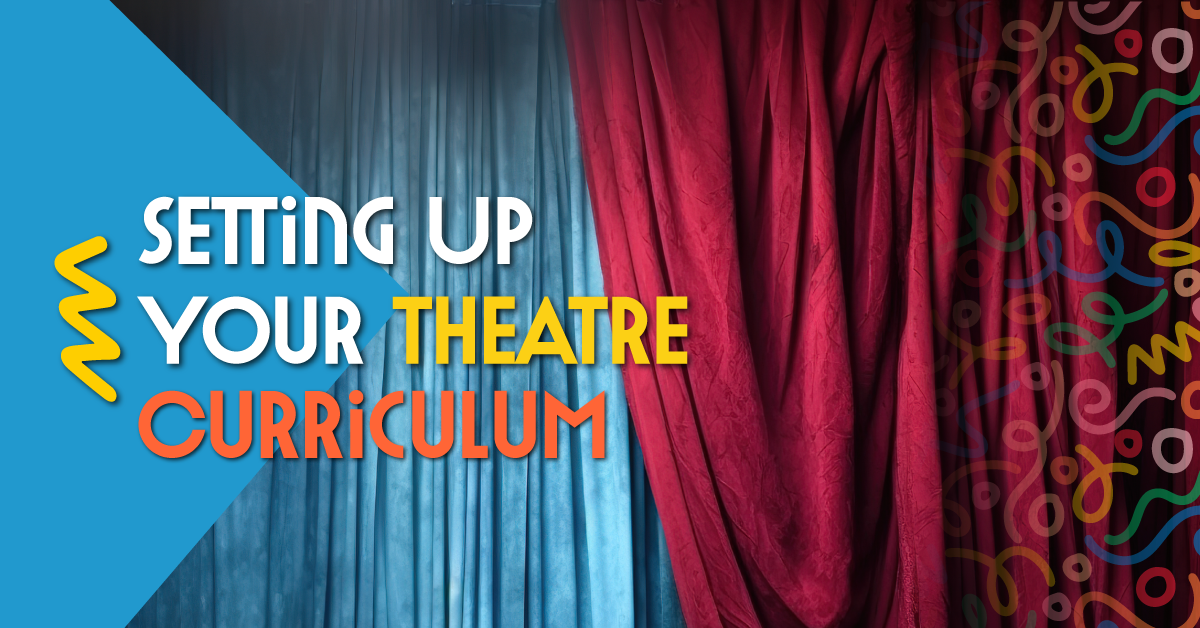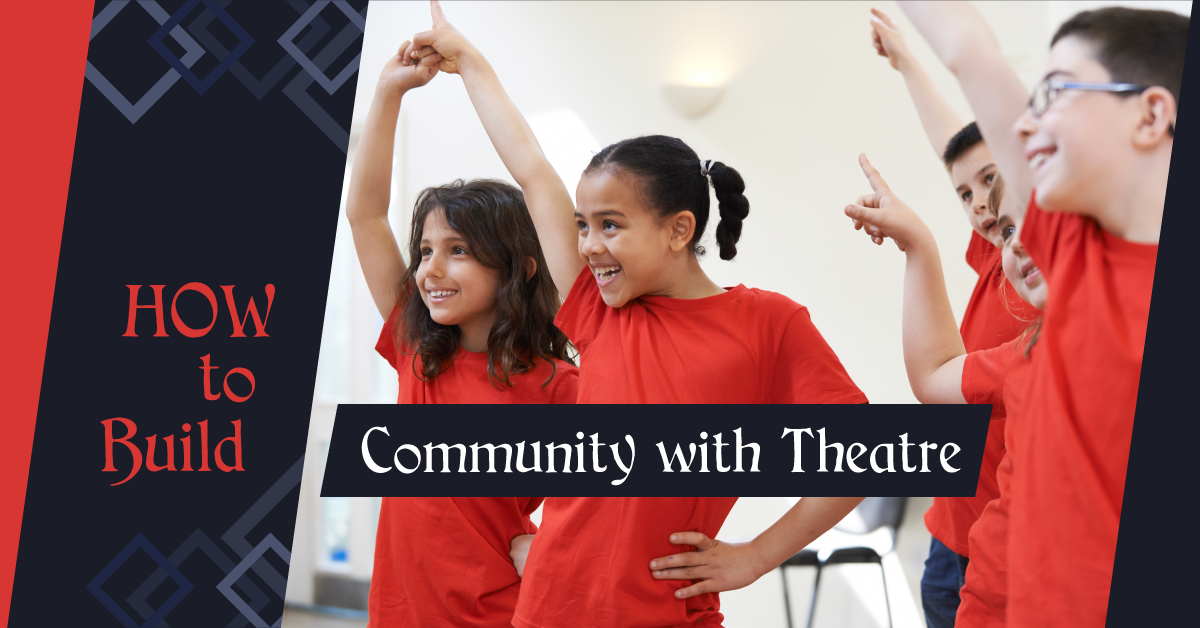Agatha Rex by Lindsay Price is a bold high school take on Antigone - packed with heart, conflict, and a powerhouse ensemble. One girl. One stand. One huge risk. *NEW COMPETITION VERSION AVAILABLE!*
Pitch Your Project: A Cross-Curricular Performance Challenge
In a scene from the Broadway production of The Curious Incident of the Dog in the Night-Time, the lead character Christopher explains how he solved a difficult math problem for his A-level exam. But it’s not just an actor standing there talking about the math problem – using dramatic storytelling, sound and lighting effects, video projections, and even confetti cannons, the math problem becomes a thrilling piece of theatre.
If only all other school classes could be so exciting! (Just kidding – no offense meant to other classes.) But why not try using theatrical techniques to present material learned from other classes? Students learn in many different ways (for example, visual, auditory, and kinaesthetic learning styles), so presenting a project in an alternate method (besides a standard exam or essay) can be a fun and challenging way of not only sharing what students have learned, but presenting it to others in an informative and entertaining medium.
Let’s try, shall we? Here we go…
1. Decide what subject you’d like to share, and narrow your focus.
Let’s say that, like Christopher, your students would like to share what they’ve learned in math class. Once students have determined the class, they must narrow down that focus to one small topic. Math is a huge topic – you can’t talk about everything in one piece of theatre. Students should focus on one small aspect, such as the Pythagorean theorem.
2. Decide your method of presentation.
How will students present their idea? There are many different theatrical methods they could employ: dramatic storytelling, creating a song or rap about the topic (à la Hamilton or Bloody Bloody Andrew Jackson), writing a scene about what people can use the Pythagorean theorem for, creating a video, presenting an infomercial or documentary- style scene showing Pythagoras coming up with his theorem, creating a dance or movement piece using oversized props – like the “BFF” song from the Spongebob SquarePants musical!
If students are having difficulty coming up with a method, suggest that they approach the challenge by having to figure out a way to teach their particular topic to a group of elementary school students. How can they make the topic accessible and entertaining to a young group of students (who presumably have a shorter attention span)? This may help them narrow their scope.
Challenge students to think outside the typical exam paper or essay approach, and even be a little silly. Doing a dance about math? Sure, they might feel goofy, but this challenges students to use their brains in a completely different way.
3. Execute the plan.
Now that students have their topic and method of presentation chosen, it’s time to map out how they’re going to present their topic. Let’s say they’ve decided to create a dance piece using oversized props. They’ll need to choreograph the dance, design/build/acquire the props (perhaps they’ll create colourful cardboard cutouts of squares and triangles), choose appropriate music, find other students to learn the dance, and teach the dance to their cast.
Students will list the steps they need to take, and then do the actual work to plan and prepare their presentation.
4. Present the creation.
Once the pieces are complete, students will present them to the rest of the class.
For a bigger challenge – invite the teachers from the different classes to watch the presentations.
For the biggest challenge – go to the classrooms of the subjects, and present the pieces to those classes (for example, perform the Pythagorean theorem dance for a Grade 9 math class)!



